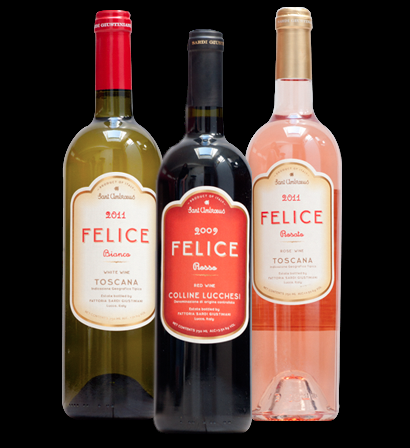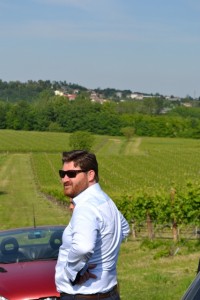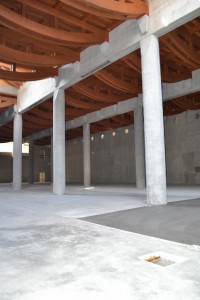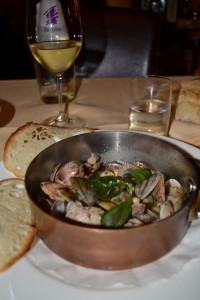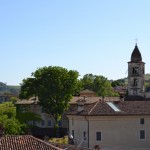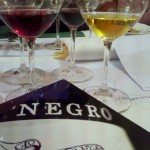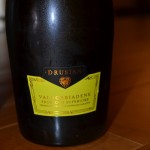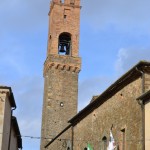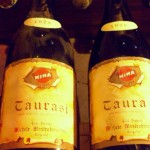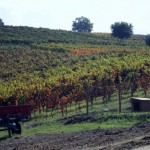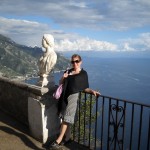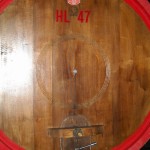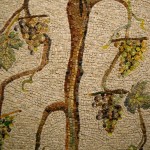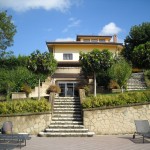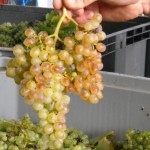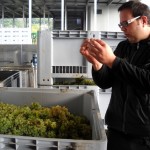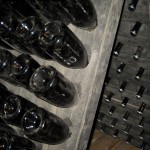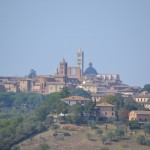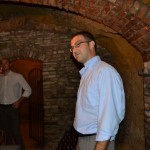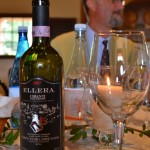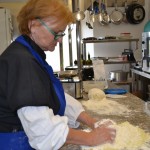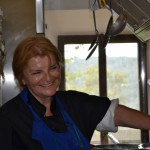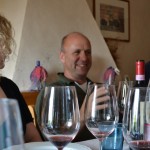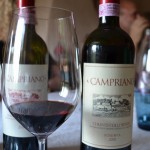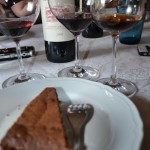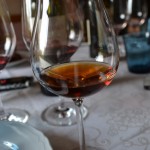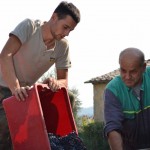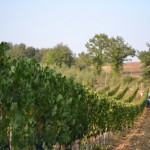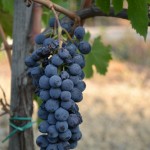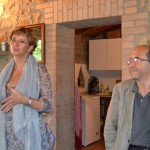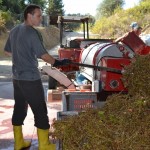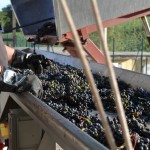Some people might address Masi Agricola’s president as Signor Boscaini, but a recent book profiling the well-known Venetian wine producer refers to him as “Mister Amarone.” A leader in the Amarone denomination, it is likely that Sandro appreciates the moniker, having tirelessly worked to improve the quality of this wine since the 1950s.
Of course, some might even say that the man is all dried up. Well, not him exactly, but most of his grapes. While the process of drying grapes is de rigor for Amarone della Valpolicella DOCG, this practice is found in few other places, but Masi’s president has exported the technique both far and near. In fact, many of his wines feature a special logo, Appaxximento, Masi Expertise® coupled with Sandro’s signature, further emphasizing the winery’s commitment to this wine production style.
Boscaini’s initial efforts focused on maintaining the concentration for which Amarone has always been known, while losing the oxidized character. In this regard, he aimed to preserve Venetian tradition, while improving the wine’s quality, introducing new yeast strains that could work at higher alcohol levels and adjusting the fermentation period from 60 days to 45 days. In the 1950s, fermentations often took as long as 18 months. As a result, today’s wines are much fresher than their predecessors.
But despite technological embraces, other aspects of production remain quite traditional such as the use of wood mats on which to dry the Amarone-bound grapes. For this purpose, Masi prefers bamboo, the spherical surface of which reduces the contact between the mats and the grape skins and ensures good air flow. Whereas some producers have shifted away from this traditional approach
This delicate balance between tradition and modern practices further comes into play when controlling the environment in the drying facilities. When possible, the room’s temperature and humidity are regulated naturally, with vents opened and closed to create the ideal conditions for drying. However, when necessary, a computer takes over to provide the ideal climatic parameters. Designed by the Masi Technical Group in the 1990s, this complex system is referred to as NASA (Natural Appassimento Super Assisted).
In neighboring Friuli, Boscaini has brought the appassimento procedure to bear on the Verduzzo grape. Harvested rather late to achieve full ripeness, the grapes are then dried on racks for three weeks to concentrate the fruit and permit evaporation of the water content. These raisined grapes are fermented on their own before being briefly aged in barriques. They are then blended with Pinot Grigio, which has been picked much earlier to retain its acidity and fermented in stainless steel. When brought together, the result is Masianco, a complex wine with full body, depth and richness.
Conversely, the appassimento process is eschewed when producing Bonacosta, a Valpolicella Classico DOC made from Corvina, Rondinella and Molinara. Intended to be a fruity, young red wine, the simple production process, using non-dried grapes, retains this freshness.
Building in complexity among their Venetian reds, is Masi’s Campofiorin. Initially created in 1964, this wine had previously been called a ripasso, but Boscaini feels that this term has become corrupted and opts instead to label it as a Rosso del Veronese IGT and refers to it instead as a Supervenetian. Instead of conducting a more common technique of using the wine equivalent of an old tea bag, Masi dries grapes specifically for inclusion in the Campfiorin. Regardless of its name or label, the wine falls somewhere in between the fruity character of the Bonacosta and the big, Baroque style of an Amarone.
Masi also produces several different Amarone wines, including its entry-level, Costasera and Costaserva Riserva, as well as several different single-vineyard wines. However, the single-vineyard wines are only produced in excellent vintages, when conditions are right not only during harvest, but also once the grapes have been picked.
Farther afield, Boscaini’s imprint can be found in Argentina, where Masi launched a partnership with Norton in 1995. Here, Corvina grapes receive the same royal, dried-grape treatment and are then blended with Malbec. Appropriately named Passo Doble, this is a decidedly unusual and modern wine. All dried up? Maybe. But, all washed up? Never! Mister Amarone strikes again!


